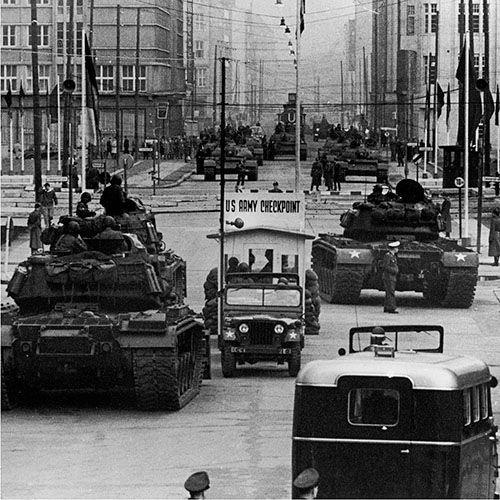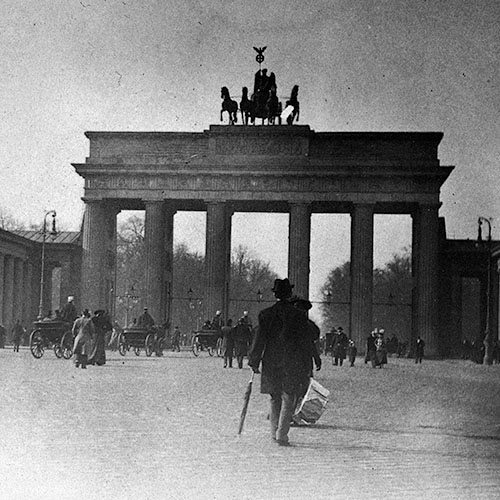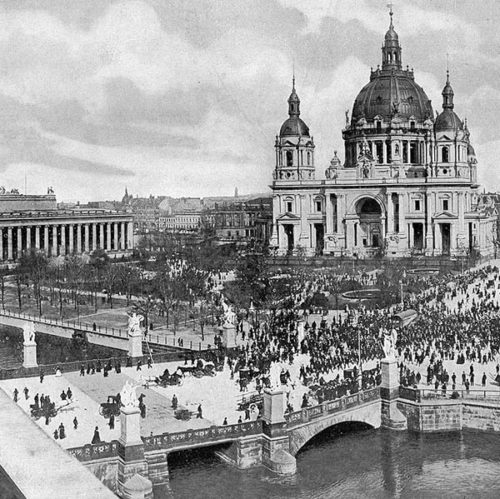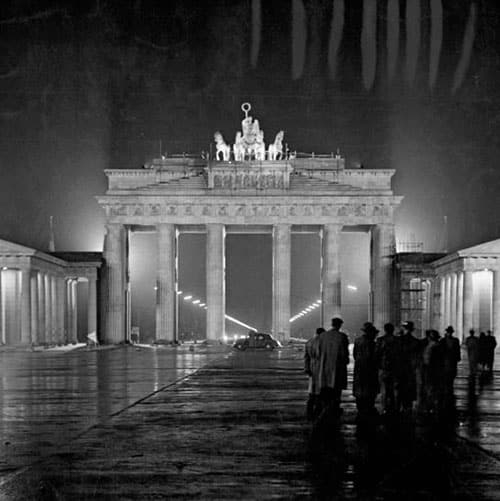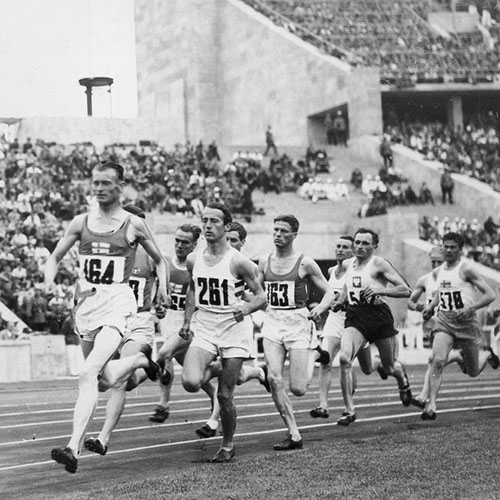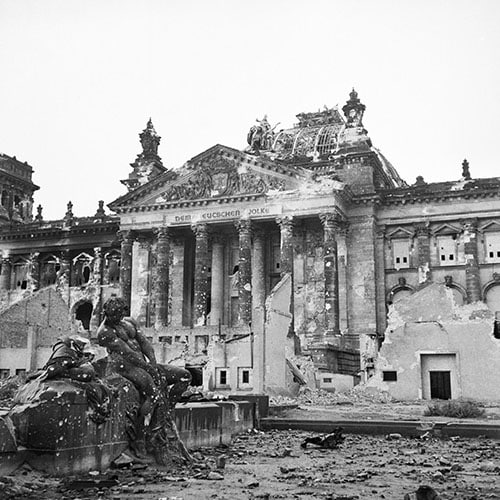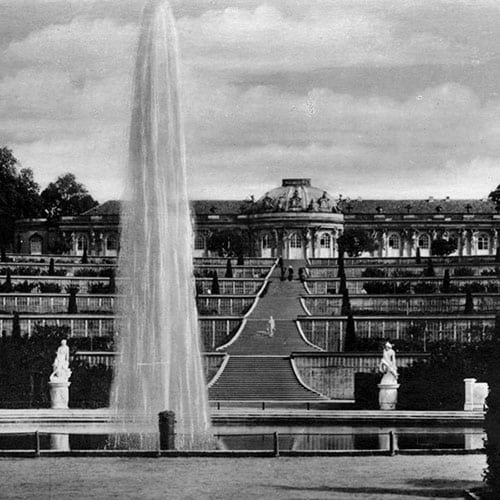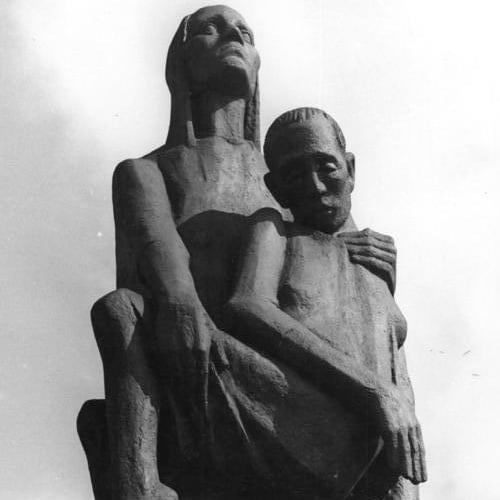“Fascism was the first ‘-ism’ to have created its myth not before going to power but… after having been in power for some time.”
Umberto Eco, Ur-Fascism
It’s easy to paint them with the same broad, blood-red brushstrokes.
The theatrical balcony pronouncements, the seas of uniformed followers, the jackbooted authority, the contempt for democracy, the cult of the leader.
From a distance of decades, Italian Fascism and German Nazism appear as twin monoliths of totalitarian horror, grotesque siblings in a family of 20th-century evils. We often use their names as synonyms, shorthand for a particular brand of violent, nationalist authoritarianism. To call someone a “’fascist’ or a ‘nazi’ in modern parlance is to level the same essential accusation.
But to the men who created these ideologies, the differences were not just real; they were fundamental.

Imagine a tense meeting between Adolf Hitler and Benito Mussolini in the 1930s. Behind the staged photographs of smiling camaraderie and mutual admiration for the cameras of the world press, there was a far more complex reality.
While they recognized a fellow strongman, a kindred spirit in their hatred of communism and liberalism, they were also rivals, leaders of distinct movements rooted in vastly different national histories and philosophical obsessions.
Mussolini, the elder statesman of authoritarianism, often viewed Hitler’s rabid obsessions with a mixture of private amusement and condescension, at least in the early years.
To Il Duce, Fascism was a spiritual and political revolution centered on one thing: the State. The State was everything, a quasi-divine entity that gave life, meaning, and purpose to the individual. His creed was one of action, of national rebirth through unity and strength. The ‘master race’ theories emanating from his northern protégé struck him as crude, un-Roman, and vaguely ridiculous.
Hitler, on the other hand, saw Mussolini as a vital pioneer but ultimately one who had failed to grasp the central truth of existence as he saw it.
For Hitler, the state was merely a tool, a vessel.
The true alpha and omega, the engine of all human history, was not politics or nation, but race.
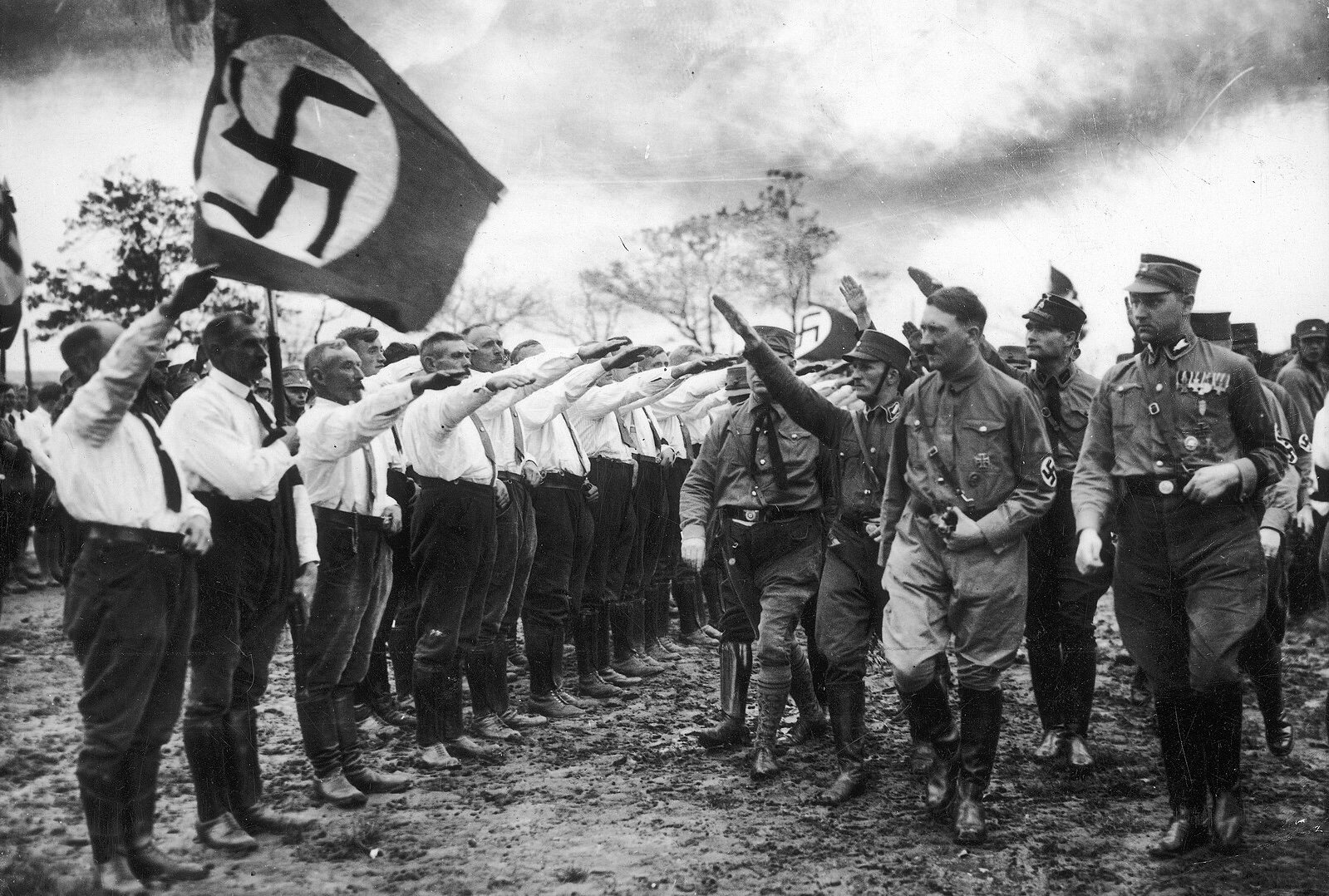
The state existed only to serve the purity and destiny of the Volk, the mystical German racial community. Everything—art, law, economics, foreign policy—was subservient to this one terrifying biological idea.
This was no mere semantic squabble.
This fundamental schism—State versus Race—was the ideological chasm that separated Rome from Berlin.
It would define their alliances, shape their atrocities, and lead them down divergent, though equally catastrophic, paths.
To truly understand the darkness that consumed Europe, we must step past the shared aesthetics of their regimes and dissect the very different ideas that fueled their fires.
We must ask not only how they were similar, but why, in the end, they were so profoundly, and tragically, different.
–

Fasces, Fascismo & Fascism
“The fascist state is a will to power and empire. The Roman tradition is here a powerful force. In the doctrine of Fascism empire is not only a territorial or military or mercantile concept, but a spiritual and moral one.”
Benito Mussolini & Giovanni Gentile, The Doctrine of Fascism
Before the swastika was ever hoisted over Berlin, the fasces—an ancient Roman symbol of state authority, a bundle of rods bound around an axe—was being resurrected in Italy.
Fascism, the elder ideology, was born in the crucible of a victory that felt like a defeat.
Italy had been on the winning side of the First World War, but the cost had been immense and the rewards paltry.
The 1919 Treaty of Versailles left Italian nationalists fuming, feeling betrayed by their allies and short-changed in the colonial spoils. They spoke of a “vittoria mutilata,” a “mutilated victory.”

Into this void of national humiliation and economic chaos stepped Benito Mussolini.
A former socialist journalist and firebrand orator, Mussolini was a political chameleon, an opportunist of genius. He saw that the old orders were crumbling.
The ruling liberal class was inept; parliamentary democracy was a chaotic talking shop; and a tide of Bolshevism seemed poised to sweep over the country, with striking workers seizing factories in the industrial north. He offered a radical alternative, a ‘third way’ that was neither capitalist nor communist, but something new, aggressive, and intensely nationalistic.
Fascism’s early form was a hodgepodge of ideas, cobbled together from Futurism’s love of technology and violence, Nietzschean concepts of the ‘will to power’, and Georges Sorel’s theories on the revolutionary power of political myths.

In 1919, Mussolini founded the Fasci Italiani di Combattimento—the Italian Fighting Leagues. It was a movement defined more by what it opposed than what it stood for. It was anti-communist, anti-liberal, anti-pacifist, and anti-democratic. Its earliest members were a motley crew of disillusioned war veterans (the Arditi), angry students, and middle-class youths terrified of a Red revolution.
What united them was a belief in action over thought and a thirst for national revival.
The core of Mussolini’s ideology was Statolatry—the worship of the State. In his “Doctrine of Fascism,” co-written with the philosopher Giovanni Gentile, the concept is laid bare:
“The State is absolute, in comparison with which all individuals or groups are relative, only to be conceived of in their relation to the State.”
For Fascism, the individual has no meaning outside the state. Liberty is not a right but a privilege granted by the state and can only be found in service to the state.
This was a totalitarian vision, but it was a political and spiritual one, not a biological one. Mussolini’s goal was to create a ‘new Italian man’, a disciplined, heroic warrior-citizen who would restore the glory of the Roman Empire. The method was constant mobilization: youth groups, propaganda, grand architectural projects, and military parades.
Everything was to be “in the state, nothing outside the state, nothing against the state.”

Crucially, race was not a significant feature of early Italian Fascism.
Mussolini himself had publicly ridiculed the idea of a ‘pure’ race.
“Race? It is a feeling, not a reality… National pride has no need of the delirium of race,” he said in a 1921 speech.
Fascism was for Italians, certainly, but its identity was cultural and national, not built on a convoluted theory of bloodlines.
It was a product to be exported; fascist movements sprang up across Europe, from Britain to Hungary, each adapting the core tenets of ultranationalism and statism to their own national contexts.
It was only later, under the growing influence of his German ally in the late 1930s, that Mussolini’s regime reluctantly and cynically adopted anti-Semitic racial laws, a move that was met with confusion and a notable lack of enthusiasm by much of the Italian population.
It was an imported poison, not a homegrown one.

The symbol of this ideology, the fasces, was perfectly chosen. The fasces is an old Italian symbol that had its origin in the Etruscan civilization and was passed on to ancient Rome, where it symbolised a Roman king’s power to punish his subjects, and later, a magistrate’s power and jurisdiction.
The rods in Mussolini’s Italy represented the people, weak and divided on their own, but bound together into an unbreakable unit by the State, represented by the axe.
The Italian term fascismo is derived from fascio, meaning ‘bundle of sticks’, ultimately from the Latin word fasces.
This was the heart of Fascism: a radical, brutal project of national unity, forged by a supreme state that absorbed every aspect of human life into itself.
–
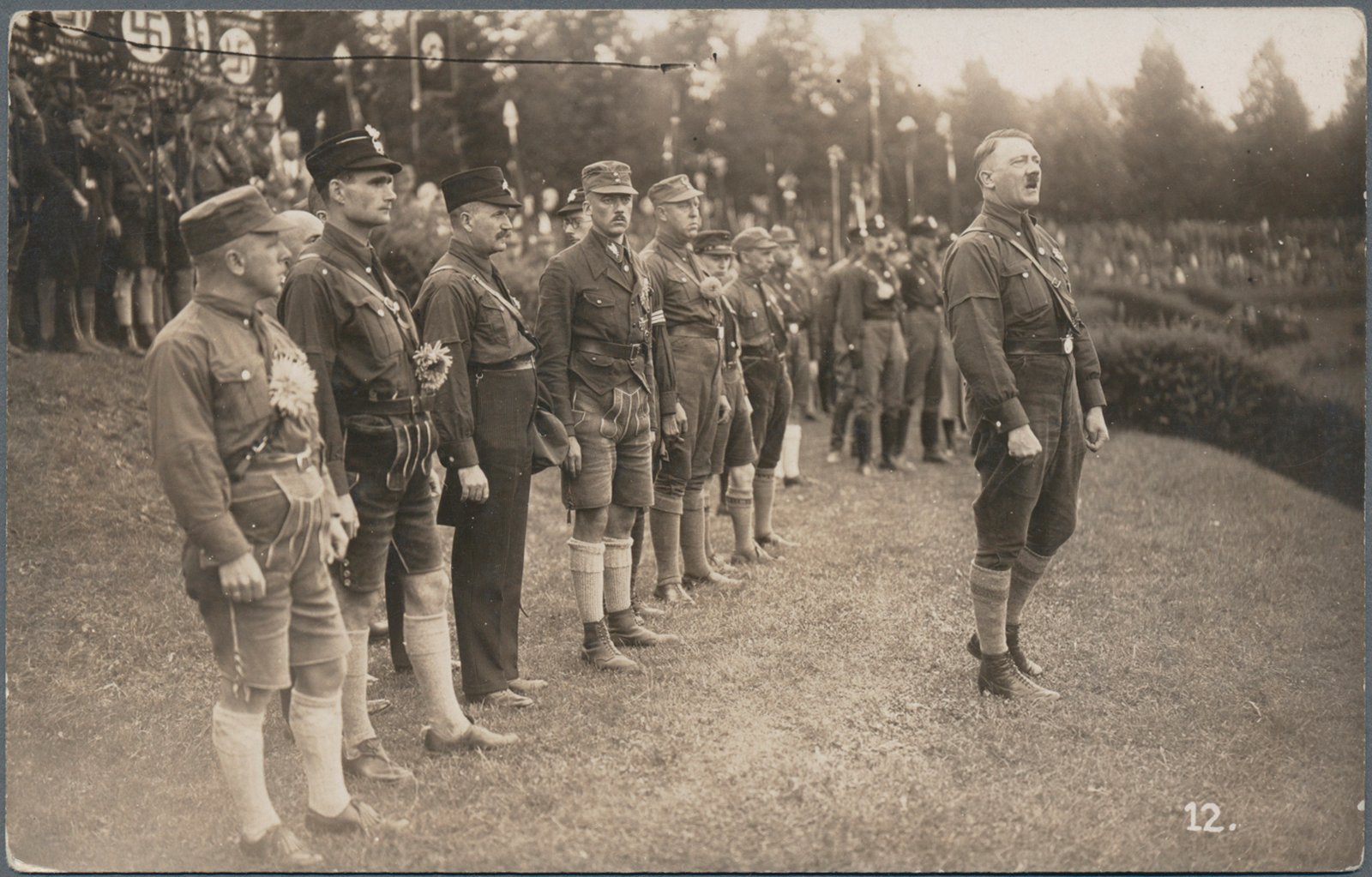
The Ontogeny Of Nazism
“National Socialism is nothing but applied biology.”
Nazi Party Deputy Leader, Rudolf Hess
If Italian Fascism was a radical response to a ‘mutilated victory’, German National Socialism was the product of a total, soul-crushing defeat.
For Germany, the end of the First World War was not just a loss on the battlefield; it was a profound national trauma.
The abdication of the Kaiser, the humiliating terms of the Treaty of Versailles—the ‘war guilt’ clause, the crippling reparations, the loss of territory—and the chaotic, unfamiliar democracy of the Weimar Republic created a fertile breeding ground for extremist politics.
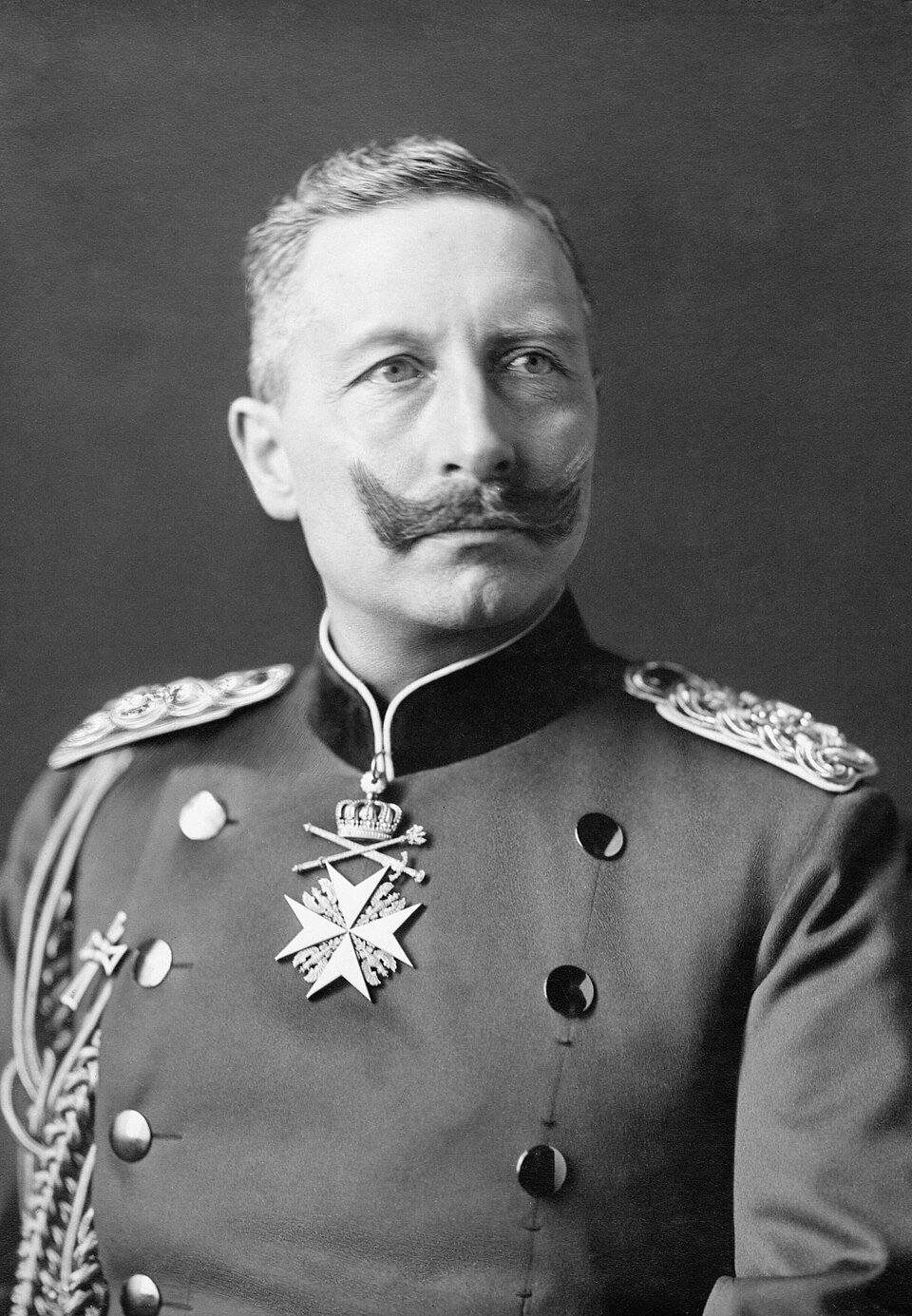
Like Mussolini, Adolf Hitler was a disillusioned corporal, a man who believed his country had been “stabbed in the back” (Dolchstoßlegende) by Marxists and Jews on the home front. But where Mussolini was a pragmatic and ever-shifting opportunist, Hitler was an ideologue of terrifying consistency.
From his earliest days in the fringe German Workers’ Party (DAP) in Munich, which he would soon remold into the National Socialist German Workers’ Party (NSDAP or Nazi Party), his worldview was fully formed and horrifically simple.

At the very center of Nazism was a concept that had been entirely peripheral to Fascism: Race.
For Hitler, and for Nazi ideologues like Alfred Rosenberg, all of human history was the story of a perpetual struggle between races. The State, which Mussolini venerated as a divine absolute, was, for Hitler, merely the vehicle for his dangerous ideas.
In Mein Kampf, he wrote, “The state is a means to an end. Its end lies in the preservation and advancement of a community of physically and psychically homogenous creatures.”
The state’s only purpose was to serve as an incubator and protector of the Volk—a term that means ‘people’ but in the Nazi context took on a mystical, biological meaning of a pure-blooded Aryan racial community.
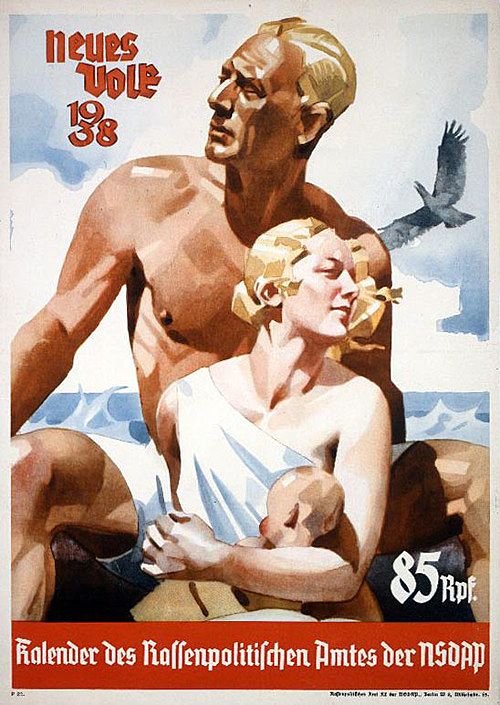
This worldview was built upon a toxic stew of 19th-century pseudo-scientific racism, social Darwinism, and esoteric völkisch mythology.
It divided the world into a hierarchy of races.
At the apex stood the ‘Aryan’ race, supposedly the font of all creativity, culture, and civilization. Other races were inferior, and at the very bottom, in the Nazi imagination, were the Jews.
But Jews were not merely considered an inferior race; they were conceptualised as an “anti-race.” They were portrayed as a parasitic, international force, a spiritual poison that sought to corrupt and destroy Aryan purity from within, working through its supposed twin creations of international finance capitalism and world communism.

This racial obsession dictated every single aspect of Nazi policy.
- It was the logic behind the quest for Lebensraum (‘living space’) in Eastern Europe, a genocidal project to cleanse the land of its Slavic ‘subhuman’ population to make way for German colonists.
- It was the reason for the Nuremberg Laws of 1935, which outlawed marriage and sexual relations between Germans and Jews.
- It was the driving force behind the T4 Euthanasia Program, which murdered tens of thousands of disabled Germans deemed ‘life unworthy of life’.
- And ultimately, it was the ideological engine of the Holocaust, the systematic state-sponsored murder of six million Jews.
While Fascism sought to absorb the individual into the state, Nazism sought to purify the nation by eliminating any element deemed racially alien or ‘degenerate’.
Fascism was a political project; Nazism was a biological one.
Mussolini wanted to create new Roman legions; Hitler wanted to breed a ‘master race’.
The symbol of Nazism, the swastika, perfectly encapsulated this.

An ancient symbol twisted into a new meaning, it was meant to represent the “mission of the struggle for the victory of the Aryan man”.
Thus, while both systems employed similar tools—a charismatic leader (Duce and Führer), a single-party state, secret police, mass propaganda, and the elimination of dissent—their ultimate goals were worlds apart.
A Fascist dictator would ask: “Are you loyal to the State?”
A Nazi one would additionally ask: “What is your blood?”
It is a question that reveals an ideological abyss, the difference between a political monstrosity and a racial apocalypse.
–

Conclusion
“While both ideologies (Fascism & Nazism) led to dictatorships that committed horrific crimes, they came from different places. One was a cynical grab for power that built an ideology around the state. The other was a racial crusade that built a state to serve its ideology.”
Historian Stanley G. Payne
To say that Fascism and Nazism are simply “different” is to state the obvious, yet the nature of that difference remains one of the most crucial and often misunderstood lessons of the 20th century.
Fascism, in its original Italian form, was a philosophy of ultimate Statism. It was a totalitarian answer to political chaos, an ideology that demanded the absolute subordination of the individual to the national collective, embodied by an all-powerful state. Its crime was the obliteration of human liberty in the name of national glory. It was brutal, imperialist, and anti-democratic, a political religion that made an idol of the state.
Nazism, while sharing Fascism’s authoritarian toolkit, was something else entirely.
It was a biopolitical project rooted in a pseudo-religious cult of race. For the Nazi, the state was not the end but the means—a biological tool to protect and purify a mythical Aryan Volk. Its central obsession was not political power for its own sake, but the implementation of a vast and murderous racial theory. Nazism’s ultimate crime was not just the denial of freedom, but the denial of humanity itself to entire groups of people, leading to an industrial-scale genocide unprecedented in human history.
It could be stated that Mussolini built a prison for the soul of the nation – while Hitler built a death camp.
***
If you’ve enjoyed reading this article, consider booking one of our private guided tours of Berlin.
Bibliography
Arendt, Hannah (1951). The Origins of Totalitarianism. Schocken Books.
Bosworth, R.J.B. (2005). Mussolini’s Italy: Life Under the Fascist Dictatorship, 1915–1945. Penguin Books.
Eco, Umberto (1995). Ur-Fascism. The New York Review of Books, June 22.
Evans, Richard J. (2005). The Third Reich in Power. Penguin Books.
Gentile, Giovanni, and Mussolini, Benito (1932). The Doctrine of Fascism.
Griffin, Roger (1993). The Nature of Fascism. Routledge.
Hobsbawm, Eric (1994). The Age of Extremes: The Short Twentieth Century 1914–1991. Michael Joseph.
Hitler, Adolf (1925). Mein Kampf.
Kershaw, Ian (2001). The Hitler Myth: Image and Reality in the Third Reich. Oxford University Press.
Kershaw, Ian (2010). Hitler: A Biography. W. W. Norton & Company.
Knox, MacGregor (2000). Common Destiny: Dictatorship, Foreign Policy, and War in Fascist Italy and Nazi Germany. Cambridge University Press.
Paxton, Robert O. (2005). The Anatomy of Fascism. Vintage Books.
Payne, Stanley G. (1995). A History of Fascism, 1914–1945. University of Wisconsin Press.
Shirer, William L. (1960). The Rise and Fall of the Third Reich. Simon & Schuster.
HISTORICAL ARTICLES
Mythbusting Berlin

Are There Any Nazi Statues Left In Berlin? – Mythbusting Berlin
Visitors to Berlin often arrive expecting to find the physical remnants of the tyranny of the 20th century still standing – statues of dictators, triumphal arches, or bronze idols. Instead, they often find none. The stone symbols and statues of the Third Reich are still gazing down on them, however, hiding in plain sight. But why are there no statues of Hitler? Did the Allies destroy them all in 1945, or is the truth stranger
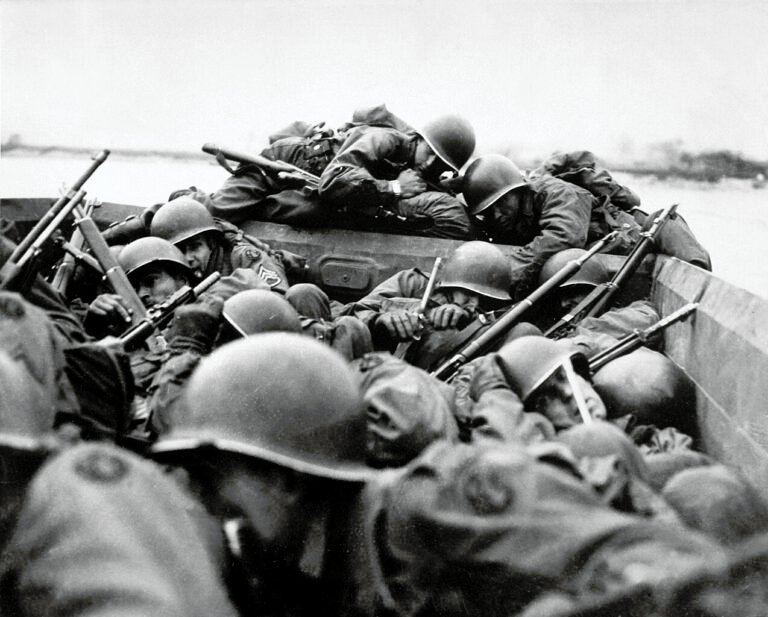
Could The Western Allies Have Captured Berlin? – Mythbusting Berlin
To contemplate a Western Allied capture of Berlin in 1945 is to challenge the established endgame of the Second World War. What was the true military and logistical feasibility of a Western Allied assault on the Nazi capital? What factors truly sealed Berlin’s fate, and what might have changed had the Allies pushed eastward?
Answering these questions means delving into the complex interplay of logistics, political maneuvering, and the competing visions for a post-war world
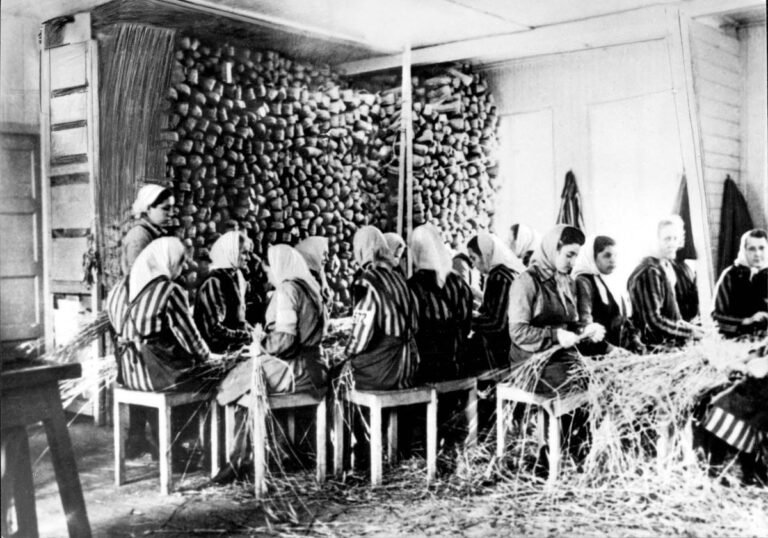
Did Any Of The Rothschild Dynasty Die In The Holocaust? – Mythbusting Berlin
The Rothschild name is synonymous with immense wealth, influence, and persistent conspiracy theories—especially during the era of Nazi Germany. Often targeted by antisemitic propaganda, the family’s survival during World War II has sparked myths about their supposed immunity from Nazi persecution. But did any Rothschild family member actually perish in the Holocaust? This article explores that compelling question, unraveling historical misconceptions and revealing the reality behind one of Europe’s most famous dynasties.
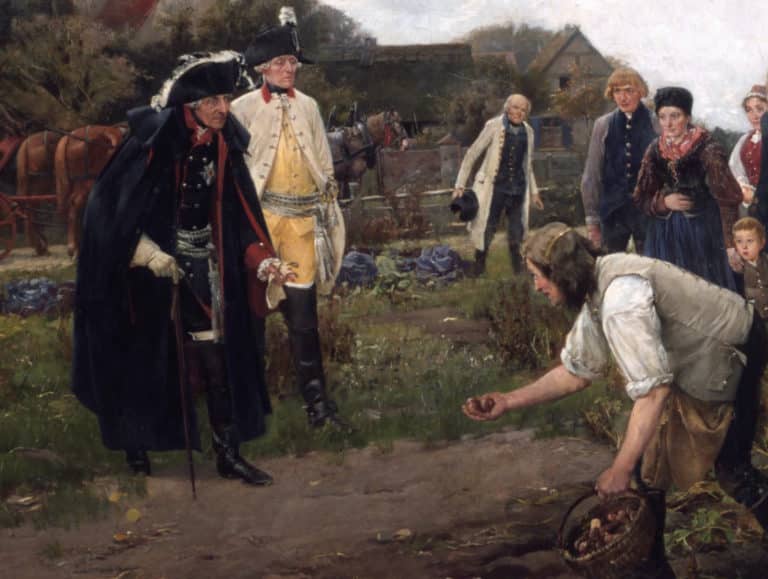
Did Frederick The Great Introduce The Potato To Germany? – Mythbusting Berlin
One of the more bizarre claims to fame attributed to the first King of Prussia is that the man who would go down in history known as Frederick the Great introduced the potato to Germany during his reign back in the 1700s. This starchy root vegetable has undoubtedly become a staple part of German cuisine – an essential addition to any plate of Schnitzel, Schweinshaxn, and Königsberger Klopse – however, whether Frederick the Great is
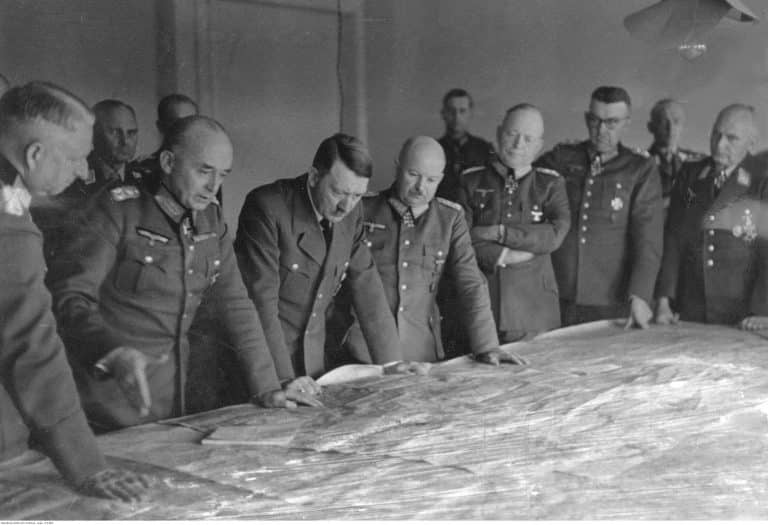
Did Hitler Escape To Argentina In 1945? – Mythbusting Berlin
Although Nazi leader, Adolf Hitler, certainly remains an inescapable figure, could there be any truth to the story of his escape to Argentina in 1945? That the most wanted man on earth could simply vanish, to spend the rest of his life peacefully in South American obscurity captivates imaginations. Yet, despite numerous investigations, this tale persists primarily as myth—fueled by speculation, hearsay, and conspiracy theories.
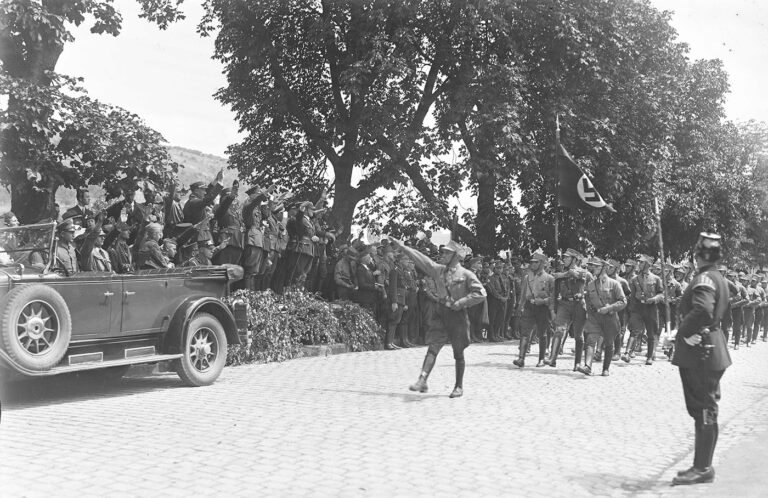
Did Hugo Boss Design The Nazi Uniforms? – Mythbusting Berlin
The idea that Hugo Boss – the man whose name now adorns expensive suits and fragrances – was the creative genius behind the Nazi uniforms suggests a terrifying collision of haute couture and holocaust – a marriage of high style and high crimes. The image is striking: a German tailor sketching the ultimate villain’s costume. But history, as usual, is far messier, more bureaucratic, and more banal than the internet memes suggest. To understand who
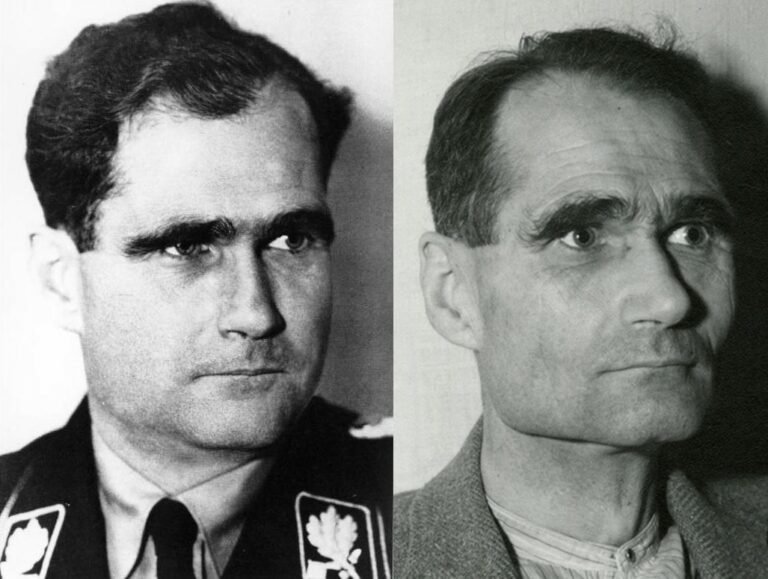
Did Rudolf Hess Really Commit Suicide? – Mythbusting Berlin
On a summer’s day in 1987, the last Nazi war criminal of the Nuremberg trials was found dead in a prison built for hundreds, yet for two decades, housed only him. The official verdict was suicide, a straightforward end to a life defined by fanaticism, delusion, and contradiction.
But the simplicity of the report belied the complexity of the man and the 46 years he had spent in Allied custody. In the meticulously controlled
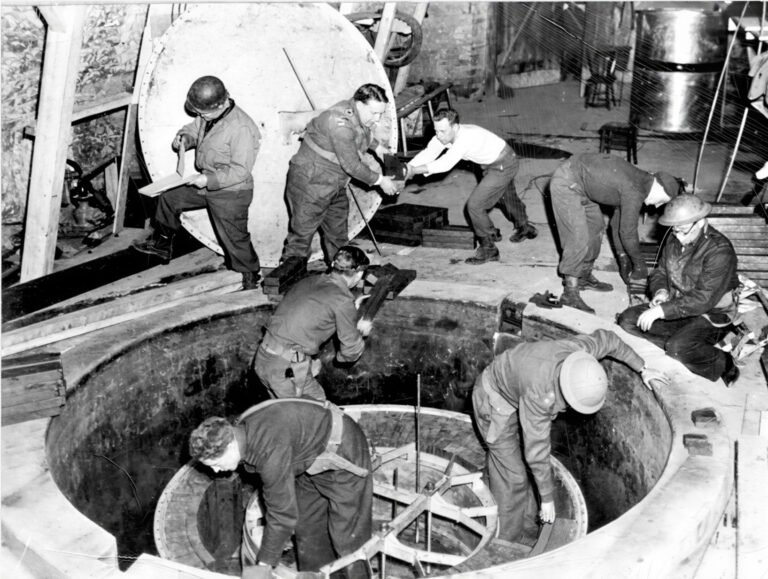
Did The Nazis Develop Nuclear Weapons? – Mythbusting Berlin
The Nazi obsession with super-weapons became so serious in the closing stages of the Second World that Adolf Hitler personally believed that such ‘Wunderwaffen’ both existed in a usable form – and would save the country from defeat. Had the Nazis managed to develop nuclear weapons by 1945 – the outcome of the war would surely have been different. But how close were Hitler, Himmler, and his henchmen to developing an A-bomb?

Did The Nazis Invent Decaf Coffee? – Mythbusting Berlin
Persistent rumors claim that Nazis preferred their coffee anything but pure, leading some to wonder if they might have influenced the development of decaffeinated coffee. Although decaf was already widely available across Europe by the mid-20th century, speculation continues: could the Nazis really have played a role in popularizing—or even discovering—this caffeine-free alternative, or is this simply another caffeinated conspiracy cooked up to sensationalize an ordinary historical detail?

Did The Nazis Invent The Bicycle Reflector? – Mythbusting Berlin
The fruits of wartime ingenuity are plenty – so many, in-fact, that it has become somewhat of a worn cliche that as the guns start firing the innovators get to work, often solving problems while providing more problems for the enemy to overcome.The kind of progress that results in the production of newer improved, more lethal weapons, such as to increase the chances of victory.
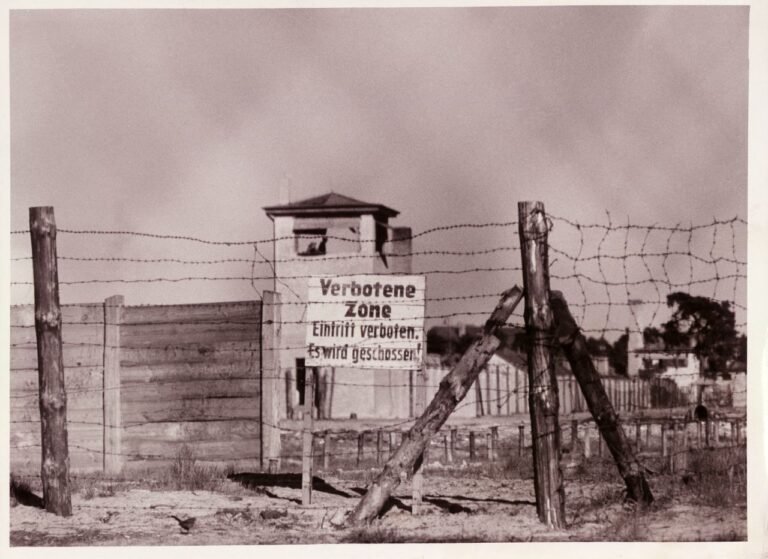
Did The Nazis Run The Largest Counterfeiting Operation In History? – Mythbusting Berlin
During the Second World War the Nazis masterminded an astonishing plot to destabilise Britain by flooding its economy with counterfeit banknotes. Crafted in secret by concentration camp prisoners, this forged fortune became the most ambitious counterfeiting operation ever attempted. But was it history’s largest? Dive into the extraordinary tale of Operation Bernhard,
rife with deception, survival, and intrigue—revealing the truth behind one of the Third Reich’s most audacious schemes and its surprising legacy.
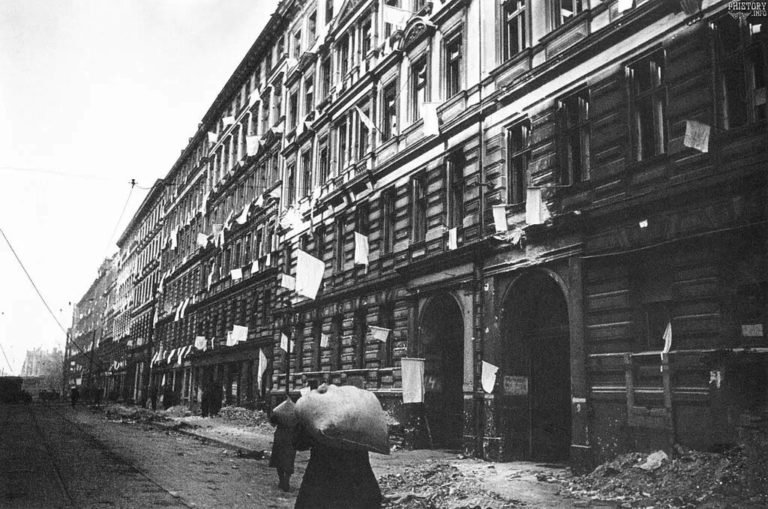
Did The Second World War End In Berlin? – Mythbusting Berlin
When is a war ever truly over? When the last shot is fired in anger would seem like the best measure. Rarely, though, is it possible to gain insight into such a moment.
Remarkably, a record still exists of such a moment at the end of the First World War on the Western Front. A seismic register and recording of the last belching battery of British guns firing artillery across no-man’s-land, followed by a profound
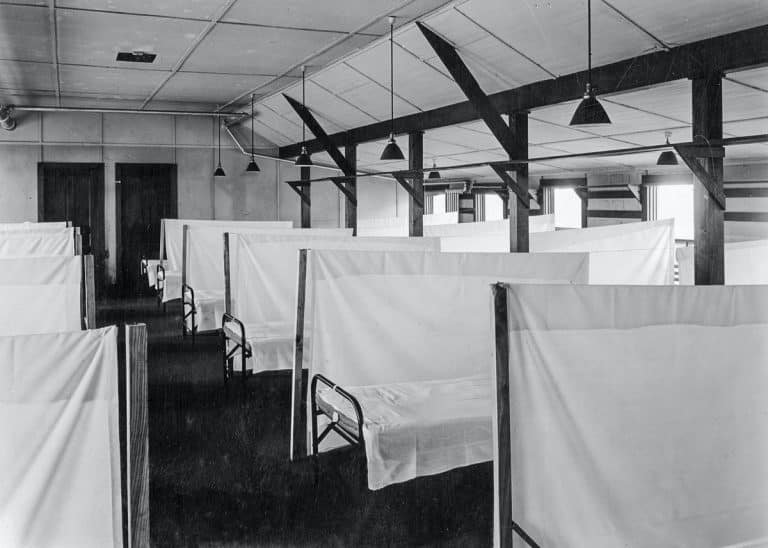
Did The Spanish Flu Pandemic Help The Nazis Take Power? – Mythbusting Berlin
The devastating Spanish Flu pandemic of 1918-1919 struck amid Germany’s post-war turmoil, compounding social instability, economic hardship, and widespread political disillusionment. Could this catastrophic health crisis have indirectly paved the way for Nazi ascension? While often overshadowed by war and revolution, the pandemic’s profound psychological and societal impacts arguably contributed to the perfect storm, enabling extremist ideologies—including Nazism—to gain popularity and ultimately seize power in a fractured Germany.

How Many Assassination Attempts On Adolf Hitler Were There? – Mythbusting Berlin
Nazi leader, Adolf Hitler, projected an aura of invincibility, a man of destiny shielded by providence. But behind the carefully constructed image of the untouchable Führer lies a story of constant threat, of bombs that failed to detonate, and errant bullets that missed their mark. Unearth the hidden history of the numerous attempts on Hitler’s life as we explore the courage of those who tried to change the course of history and the devil’s luck
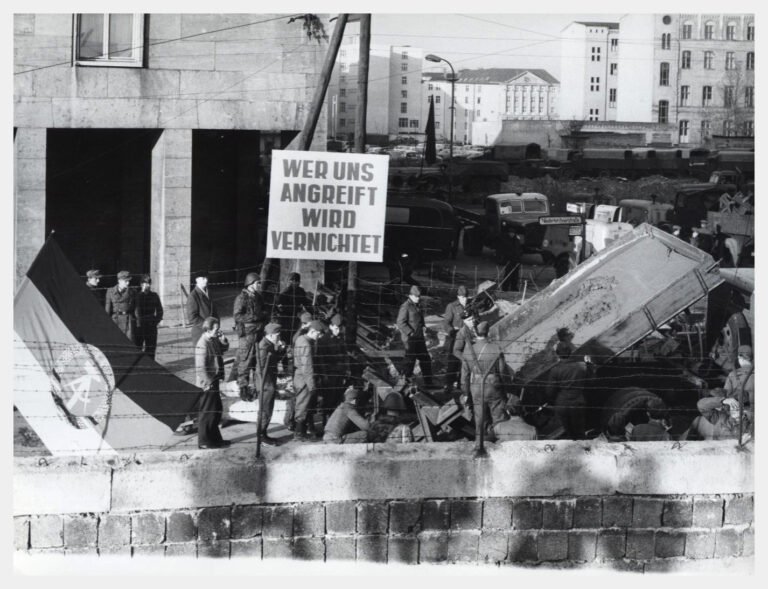
How Many People Died Trying To Escape East Germany? – Mythbusting Berlin
The image of the Berlin Wall is seared into our collective memory, a concrete symbol of Cold War oppression. We think of the daring escapes and the tragic deaths of those who failed. But that well-known number is only a fraction of the truth. The story of those who died trying to escape East Germany is far broader and more complex than most imagine, stretching along a thousand-kilometer border and out into the cold waters
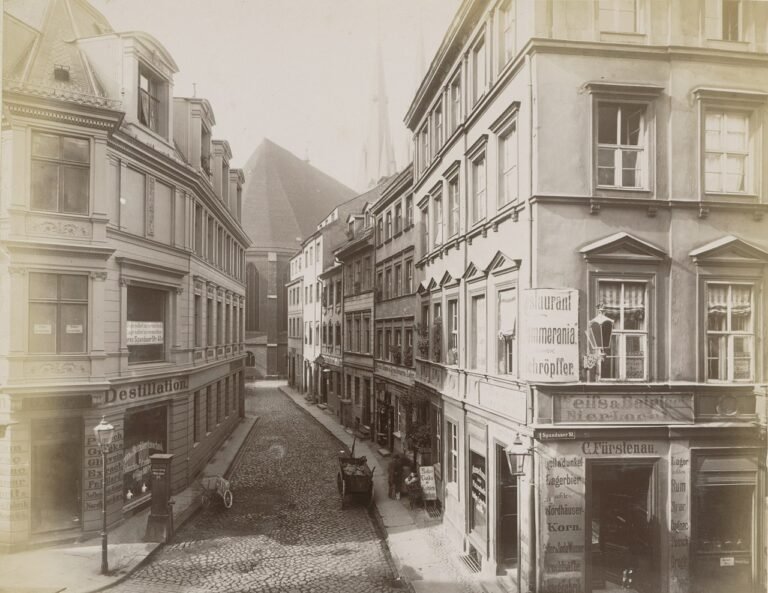
How Old Is Berlin? – Mythbusting Berlin
A relatively new arrival in Europe, Berlin is over 1000 years younger than London, nevermind Rome or Athens, Jerusalem or Jericho. Just how old is Berlin though?
A question fraught with false assumptions and distortions – that has more often than not been answered with propaganda as it has with the cold hard truth.
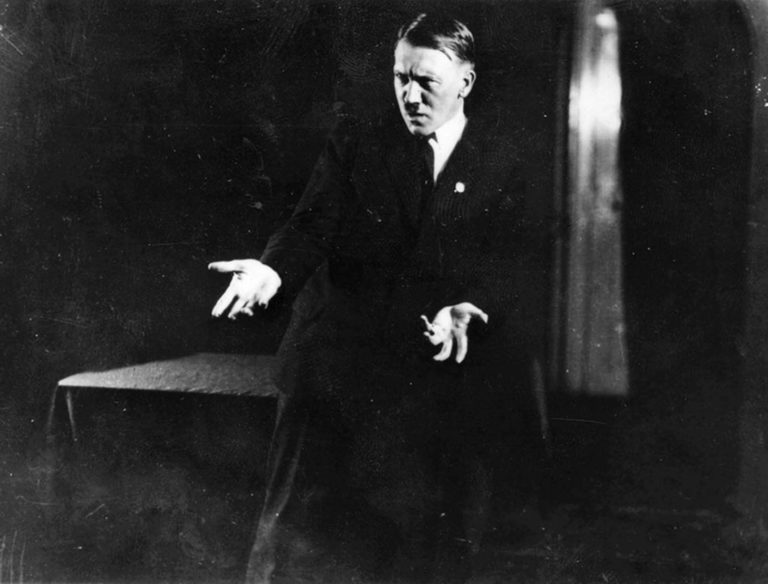
Was Adolf Hitler A Drug Addict? – Mythbusting Berlin
Solving the enigma of the ‘Führer’ has become a preoccupation for many, since the arrival of the Austrian-German onto the world stage – although moving beyond the mythology without falling into the trap of prejudically extrapolating on the psychopathography of Hitler or demonising so as to excuse his actions has proven problematic. What to make of the man who became more than the sum of his masks? The painter; the military dilettante, the mass murderer,

Was Adolf Hitler Gay? – Mythbusting Berlin
In the shadowy corridors of Third Reich history, few questions provoke as much tabloid curiosity and scholarly exasperation as the sexuality of Adolf Hitler. For decades, rumors have swirled—whispered by political enemies in 1930s Munich, psychoanalyzed by American spies in the 1940s, and sensationalized by revisionist authors today. Was the dictator who condemned thousands of men to concentration camps for “deviant” behavior hiding a secret of his own? By peeling back the layers of propaganda,
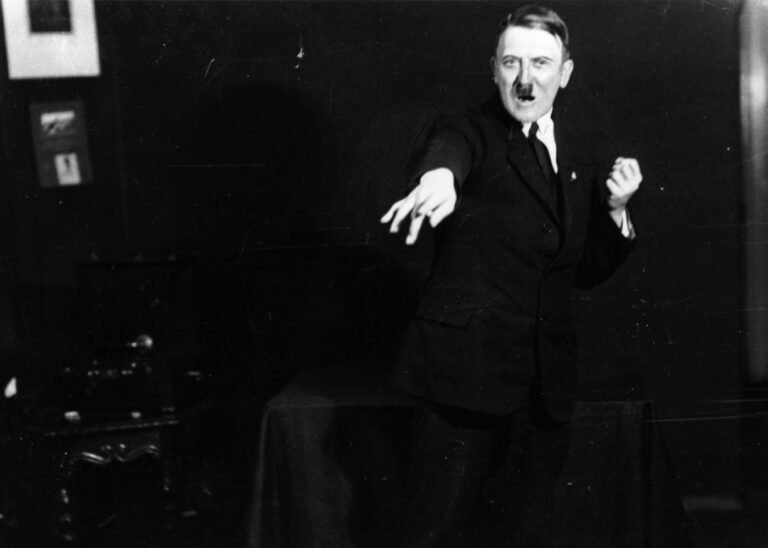
Was Adolf Hitler Jewish? – Mythbusting Berlin
Was the dictator who orchestrated the murder of millions of European Jews secretly one of them? It is perhaps the darkest irony imaginable, a story whispered for decades in backrooms, bars, and conspiracy forums alike. The most-common rumour – the ‘Frankenberger Myth’ – suggests that Adolf Hitler’s paternal grandfather was Jewish, a secret so damaging it could have unraveled the entire Nazi regime. But where does this claim come from? And, more importantly, is there
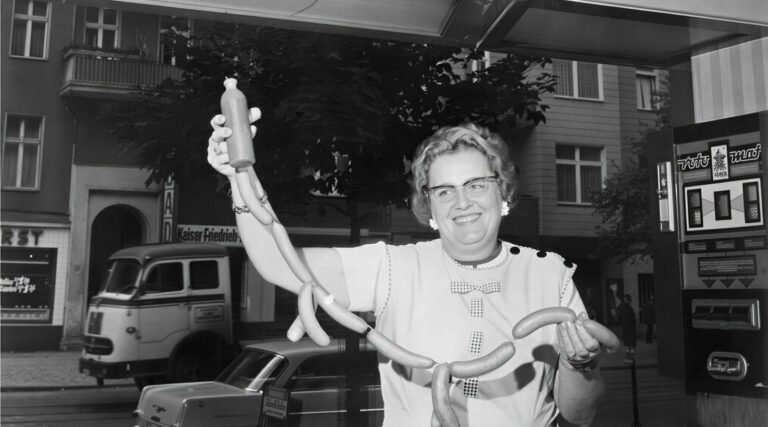
Was Currywurst Invented In Berlin? – Mythbusting Berlin
Explore the story behind what many consider Berlin’s most iconic snack—the ever-so-humble Currywurst. Often hailed as an enduring symbol of culinary creativity amid Cold War scarcity, this humble dish has inspired fierce debate about its true origin. But was it genuinely invented here in Berlin, or have proud locals simply adopted and elevated this spicy street-food favorite into legendary status all their own?



